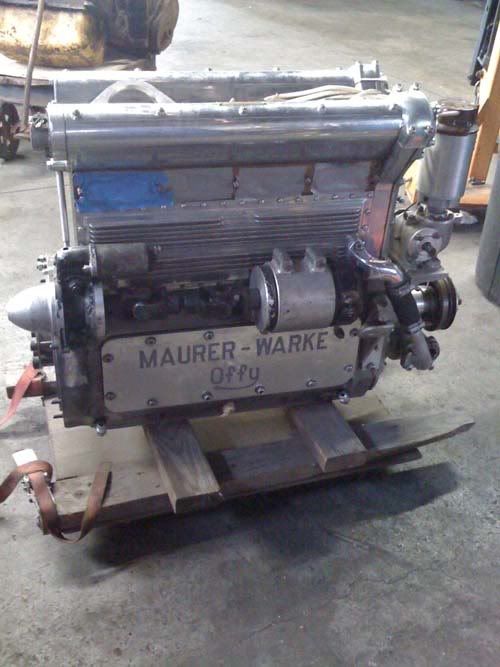WhiteBlue wrote: Unless they find a way to make the valves resistant against hot oxygen they will probably have to do the trick with the over stoechiometric combustion in the exhaust system that they do now.
Not even then, assume you have the right materials to withstand the heat, that's all well and good but where will the exhaust thrust be coming from? After all you are now reducing the load via less fuel, this will still reduce the flow going out through the exhaust the way it does now. The whole operation may be more efficient (or not), but your exhaust gasses are still tied to engine load, regardless of said load being controlled by a plate, valvetrain, A/F ratio or whichever other method you wish to throw at it.
Alejandro L.



